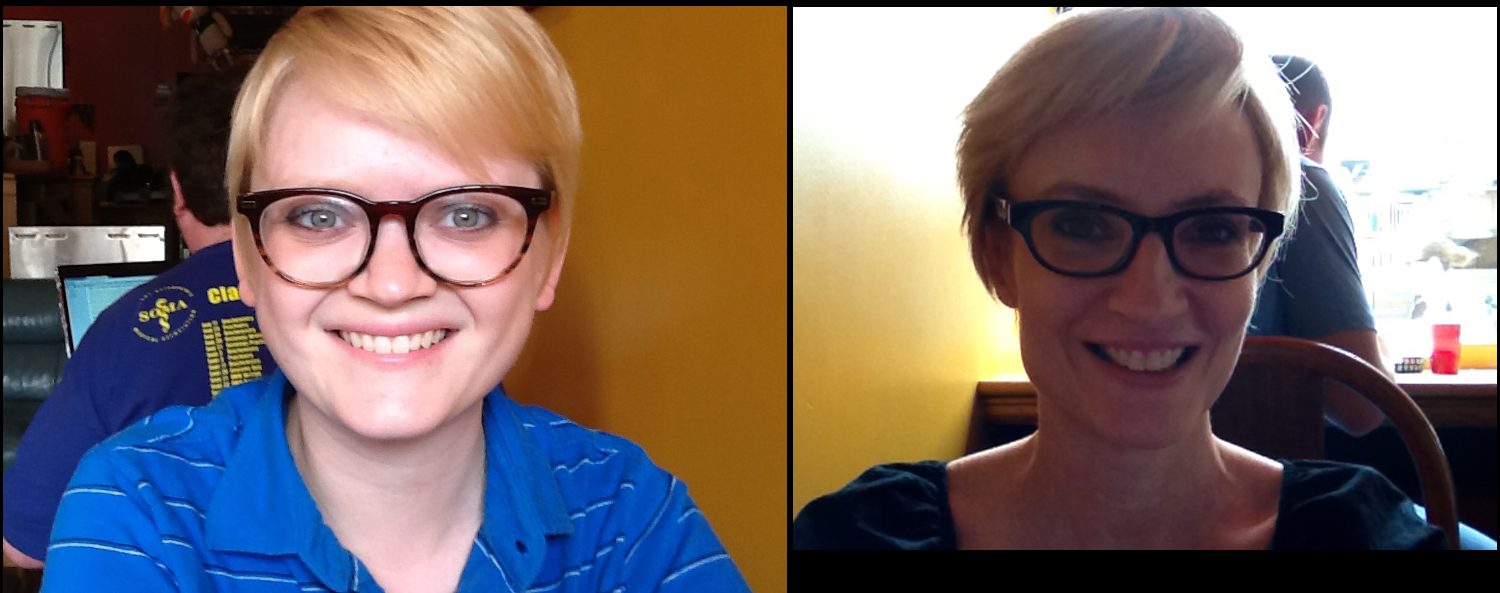







This presentation is an overview of how SEO works on your website, why it's important and how your handmade product descriptions can be SEO'd in each of your sales venues (Etsy). Search engine optimization is simply providing the robots and spiders (web crawlers) the information they need to index your website. HUH? You say. The only way to "get found" on search engines is to populate your site with website "content." Website content all boils down to text. So anything written, be it product descriptions, blog posts, articles, calendar items (think art show, performances and craft fair events in which you participate), and even images and videos must be described in text in order for search engines to know they are there and what they are.
Okay, the basic steps I will be discussing are these:
- Define your goals
- Research and define target audience
- Invest in a “search engine optimal” website
- Choose good keywords
- Generate quality content with SEO in mind
- Share on social media
- Get link backs
- Listen and learn
- Use traditional marketing to bolster your optimization efforts
1. Define your goals for your brand, indie business and website.
- To showcase your handmade work?
- To find an audience?
- To provide information to the public?
- Sell your stuff on the website website?
- Develop a following? To what end?
- Keep asking why until you can’t.
2. Research and define your niche target market(s)
This includes demographic information, but also researching markets and finding out where they are online.
- Who buys from you now? Who COULD be your customers?
- What do they do? Where do they live? How old are they?
- Why does/could your work appeal to them? Don't be afraid to ask!
- Where do they hang out online?
- What similar (non competing) products do they buy?
3. A Search Engine Optimal Website Works for YOU
When you have your own website, YOU are they only benefactor of the hard work of writing product listings, creating quality content, optimizing for search and sharing on social networks. Make sure your website:
- Is home to all of your content
- Submits sitemap on your behalf
- Generates search engine frienly urls
- Content is automatically tagged, but editable (meta tags, H1, etc.)
- Highly flexible, allows adding and editing content - adjusts with you
- Built in content modules like store (shopping cart), blog with RSS feed, image galleries, calendar, press, and custom pages – all on your website
- Integrated social sharing so your visitors can share with their networks on Facebook, Pinterest, and other social platforms
- For more on meta tags and html, this article by Brad Shorr is a great summary.
4. Find the Right Keywords for Your Art Business

The number of keywords (keyword phrases) will depend on what sort of artist entrepreneur you are and how much content you have (including listings). Product listings turn into pages, and its best to target 1 or 2 keywords per page. A good rule of thumb is Keyword Density should be 3-4% in the content.

How To Build an Artist Website
Sign up for our newsletter and get the book How to Build an Artist Website for free!
Also, consider targeting 2 keywords for your business itself. Use these keywords describing your business in your bio, about us text and policies pages.
5. Generate SEO (Quality) Content
- Formatted for humans first, but is attractive to robots and spiders. (Proper tagging)
- Fresh, consistent content tells people and search engines you are relevant
- Enough content to be an “authority” – why its good to have it on the same site
- Valuable (shareable) content
Other Clever SEO Strategies
- Register your domain name for years
- Take advantage of local search when possible - less competitive - Yelp, Google Pages, Yahoo, etc.
6. Share and engage on social platforms
Social platforms continue to grow in importance to search engines. Search engines consider your social media authority when ranking your website. Here is a great post and infographic I found about social media. Social media is terrific for acquring link backs to your site.
- Listen first
- Start conversations
- Participate in the community
- Share links not to just your stuff, but to other resources
- Be helpful
- Ask questions, answer questions
- Self promotional posts should be kept to 10% of all of your social posts.
7. Get Link Backs and Generate Internal Links
- Guest Blog Posts
- Blog Commenting
- Footer Links
- Forum Profile Links
Internal links are links that reside inside of your website. For instance, you might reference a pair of earrings within the product description of a similarly styled necklace and provide the link (copy the url) to the earrings.
Fear Not Content Marketing
8. Employ other Marketing Tactics with SEO Program
- Participate! Events, parties, etc.
- Networking (online and off)
- Try your local Meet-ups
- Tease your site’s content by generating an email newsletter
- Promote your site at every customer touch point — signage, business cards, email signatures, etc.
- Put on your creative thinking cap!
9. Listen and Learn
Once you have some posts and products up, you will want to consider adding Google Analytics to your site to see what marketing methods are working. You can explore how much traffic you are getting, where your traffic comes from, how quickly they leave and you can also track how much traffic becomes a "conversion" -
- Google Alert Feeds - great for "listening" to topics discussed online
- Google Reader - terrific way to capture (aggregate) all the blogs you read and Google Alerts you set up
- Google Analytics - again for monitoring your site's traffic
- Facebook Page Insights - for your Facebook Page for your Business
Other Useful Tools
- Rapportive.com to see my contact through the lens of their social profiles in gmail
- Hootsuite for all social platform monitoring and bulk upload to twitter.
- Bufferapp.com I use this browsing to capture good information I find and “buffer” to twitter and facebook
- Evernote.com For capturing information while browing the web.
Quality + Consistenly + Baby Steps
Now this all sounds like a lot of work. It is a lot of work. But is doesn't all have to get done at once. If you just keep in mind your audience and post quality content consistently. Consistency is more important than volume when it comes to posting content. Twice a month is better than one full week of posts and then nothing for 4 months.
I will be posting Etsy Optimization Tips very soon. Thanks so much!




